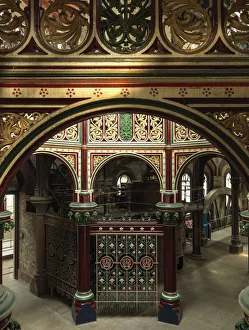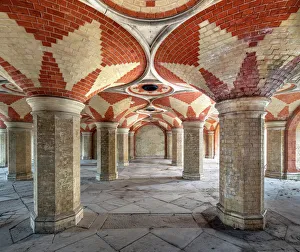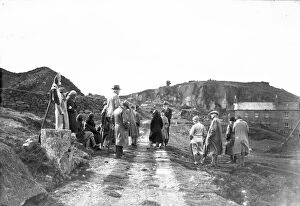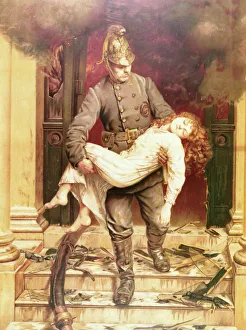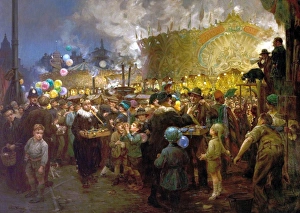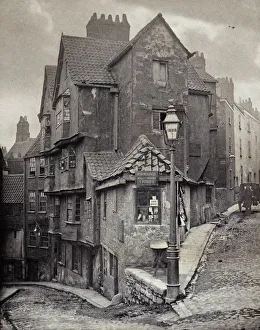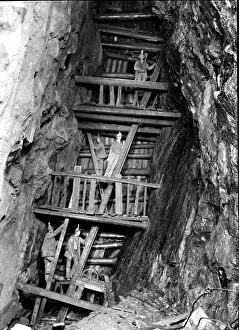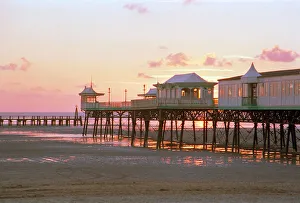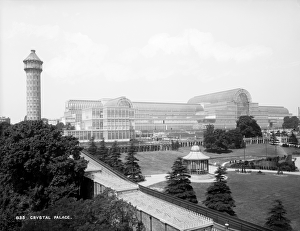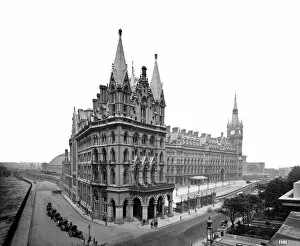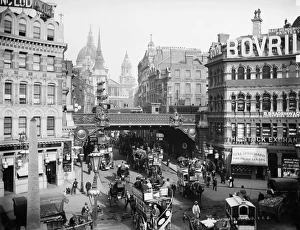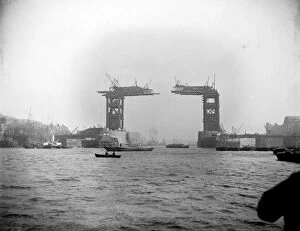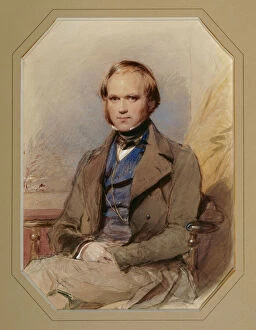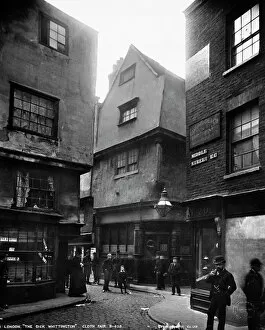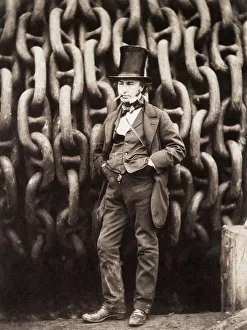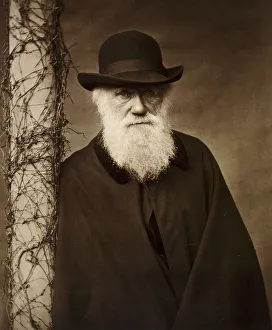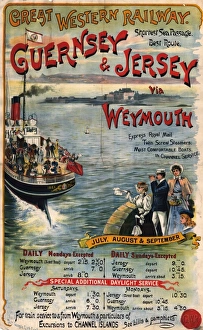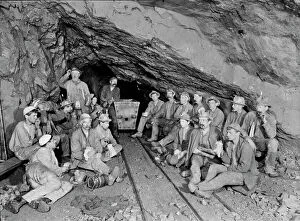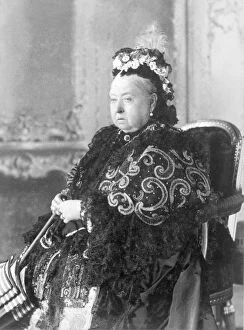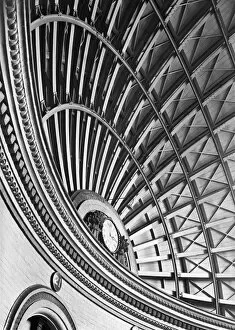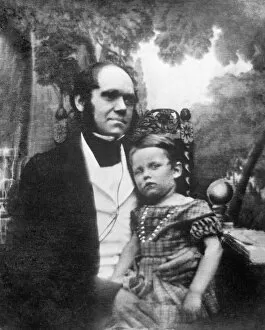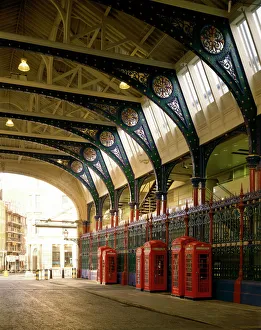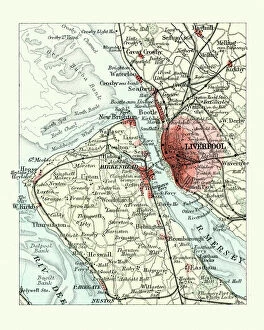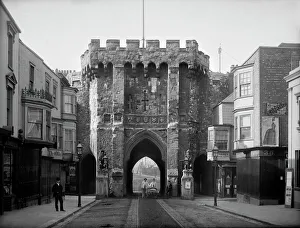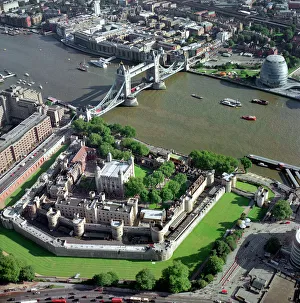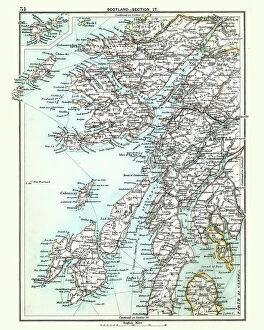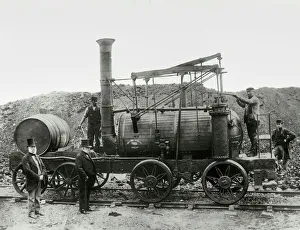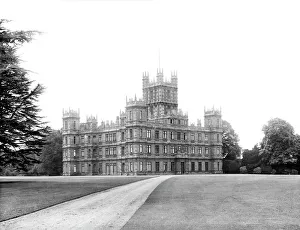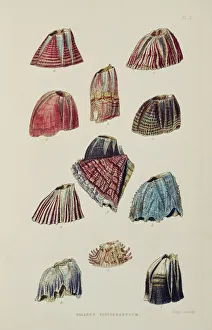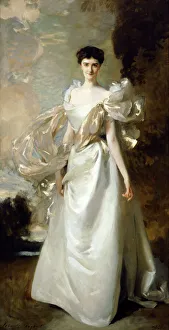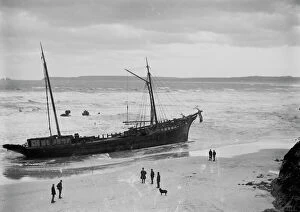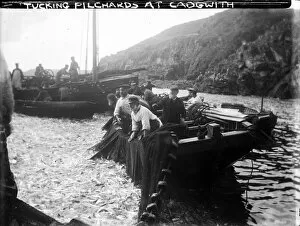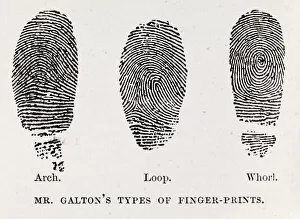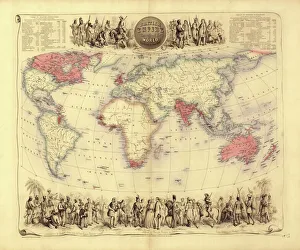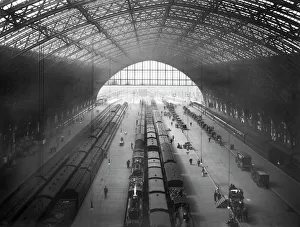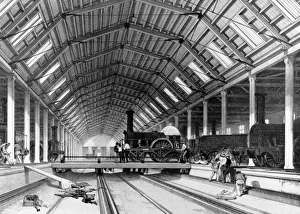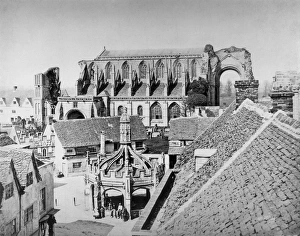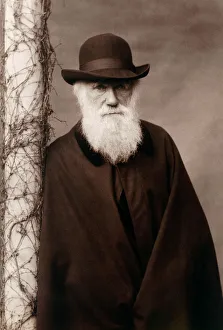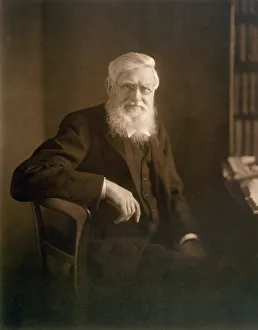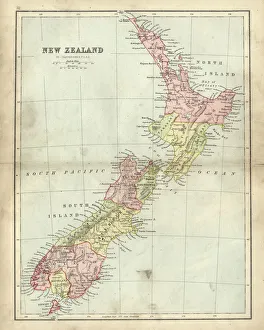Victorian Collection
Step back in time to the Victorian era, where heroism and bravery were celebrated
All Professionally Made to Order for Quick Shipping
Step back in time to the Victorian era, where heroism and bravery were celebrated. In a bustling city, a heroic fireman fearlessly rushes into a burning building to rescue a young girl trapped inside. His selflessness embodies the spirit of this remarkable era. Meanwhile, Billy The Rat Catcher roams the streets with his trusty companions, tirelessly working to rid neighborhoods of vermin. With his sharp wit and nimble fingers, he ensures that no rat is left uncaught. In Nottingham's Goose Fair, Arthur Spooner delights visitors with his mesmerizing tricks and illusions. The air is filled with laughter as children marvel at his sleight of hand and adults are transported into a world of wonder. Deep underground in Dolcoath Mine in Camborne, Cornwall, miners toil away in dangerous conditions for hours on end. Their perseverance reflects the indomitable spirit of the Victorian workforce. Steep Street Bristol stands tall as an architectural masterpiece from this period. Its narrow lanes wind through history, revealing glimpses of life during these bygone times. The grandeur of St Pancras Hotel captivates all who enter its doors. With its opulent interiors and exquisite design, it symbolizes the elegance that defined Victorian luxury. Barnacles K970315 showcases intricate craftsmanship through delicate porcelain figurines adorning mantelpieces across England. These ornate pieces serve as reminders of an age when attention to detail was paramount. Crystal Palace CC97_01549 transports us to London's iconic exhibition hall where wonders from around the globe were showcased under one roof. It epitomizes Britain's thirst for knowledge and exploration during this transformative era. Queen Victoria herself graces our presence in 1897 D880039 - her regal poise capturing hearts worldwide as she reigns over an empire spanning continents and cultures alike. The Tower Bridge standing proudly next to the historic Tower of London (21766_20) reminds us of the architectural marvels that emerged during this period.

